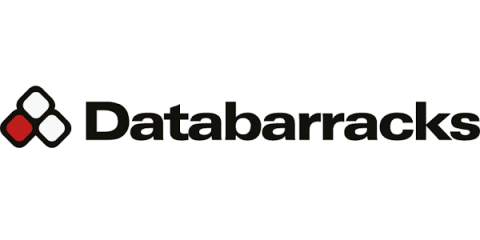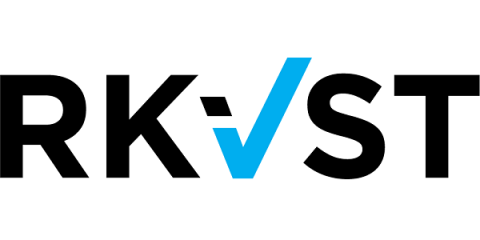Security | Threat Detection | Cyberattacks | DevSecOps | Compliance
Security
11:11 Systems Success Center Customer Hub - Contracts and Work Orders
SIEM Tools: Which Vendors Should Be on Your List?
Whether your organization is ready to deploy its first security information and event management (SIEM) solution or you’re looking to upgrade to a modern, next-gen SIEM, the number and types of tools available in the market can be overwhelming. This post will help you choose the right vendor and best SIEM tools for your business needs. SIEM tools have been available for about 15 years, but like most technologies, there has been a great deal of evolution and innovation over that time.
Databarracks launches Business Continuity Incident Response service
RKVST launches new public attestation service for supply chain operations
CREST and Hack The Box launch CREST certification-aligned penetration testing training labs
CREST announces availability of Immersive Labs solutions for threat intelligence certifications
8 Most Common Cloud Misconfigurations to Look Out For
Recently, Amazon accidentally exposed information on Amazon Prime Video viewing habits to the public. In addition, Thomson Reuters news and media company admitted that their servers had compromised 3TB of data by public-facing ElasticSearch databases. Well, these are the type of news we often see on the front page of cybersecurity forums. But if you dig a bit deeper, you will find that these data leaks are caused by misconfiguration, not cyber attacks.
Telephony fraud and risk mitigation: Understanding this ever-changing threat
Telephony fraud is a significant challenge. Companies of all sizes and industries are subjected to the malicious usage of voice and SMS with the intent of committing financial fraud, identity theft, denial-of-service, and a variety of other attacks. Businesses that fall victim to fraud can incur significant financial losses, irreparable damage to their reputation, and legal implications.
Five Steps Critical Manufacturing Can Take to Boost Cyber Resilience
The Fourth Industrial Revolution, with its accelerating pace of digitization and automation, means that organizations are becoming more dependent on data processing and connectivity to deliver value to their customers and stakeholders. Threat actors exploit this growing attack surface to achieve their aims: fraud, extortion, harassment, espionage, and other harms. They are smart, adaptive, and ruthless—and getting rich as a result.










